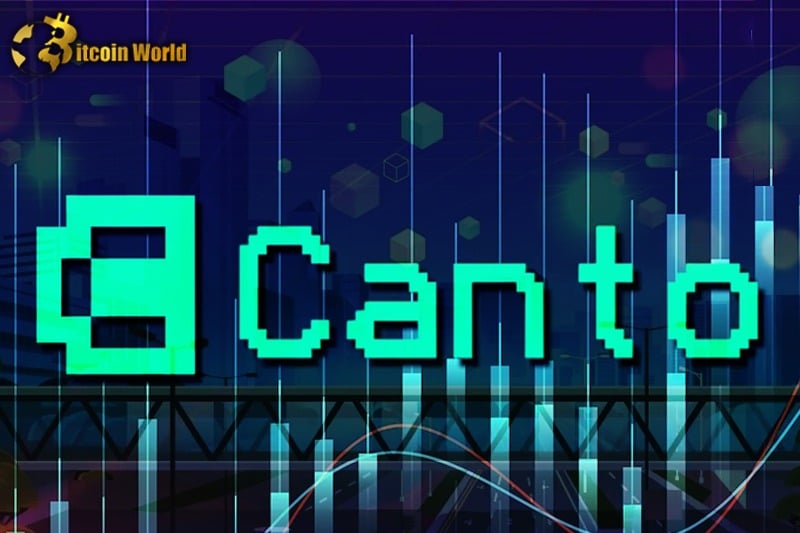When it comes to crafting content, there are three critical factors to consider: “perplexity,” “burstiness,” and “predictability.” Perplexity gauges the intricacy of the text, while burstiness assesses the diversity of sentence structures. Predictability, on the other hand, pertains to the likelihood of anticipating the next sentence. Humans often infuse their writing with greater burstiness, employing a mix of longer, complex sentences alongside shorter ones. In contrast, AI-generated sentences tend to exhibit more uniformity. Therefore, as you embark on creating the following content, it’s essential to maintain a healthy dose of perplexity and burstiness while minimizing predictability. Additionally, the content should be exclusively in English.
Now, let’s rephrase the provided text:
By embracing Ethereum’s security infrastructure, Canto is set to achieve a higher degree of decentralization, facilitating trustless asset bridging, according to Polygon Labs. Canto, a Cosmos-native layer-1 blockchain, is the latest addition to the list of chains migrating to Ethereum as a layer 2 zero-knowledge rollup. This move follows the footsteps of Astar, another layer-1 blockchain, which also unveiled plans to expand from the Polkadot ecosystem to Ethereum.
Canto stands as a permissionless, general-purpose blockchain that is Ethereum Virtual Machine (EVM)-compatible, with the aim of onboarding traditional financial sectors into the realm of decentralized finance applications.
As part of an official agreement reached by Canto Commons, a framework where contributors collaborate on ideas and solutions for the protocol, the core developers will construct a ZK-rollup on Ethereum’s second layer. Polygon Labs, in its statement on September 18, explained the implications as follows: “By leveraging a shared ZK bridge, Canto will ultimately access the liquidity within a unified Polygon ecosystem, with seamless connectivity to Ethereum.”
Polygon Labs further emphasized that Canto will “inherit” Ethereum’s robust security measures, enhancing decentralization and providing trustless assurances when it comes to bridging assets. They elaborated, stating, “User security is ensured through a best-in-class and in-production ZK prover, underpinned by cryptographic foundations inherited from Ethereum, rather than relying solely on the socio-economic incentives of fraud proofs.”
Canto’s decision to join the ranks of projects like Astar, Gnosis Pay, Palm, and IDEX, all announcing plans to develop ZK layer 2 solutions using Polygon’s Chain Development Kit in recent months, is indicative of a broader trend. Sandeep Nailwal, co-founder of Polygon Labs, noted that these developments signify a significant push towards scalability and security in the blockchain space.
On September 13, the Astar team announced its intention to build its Ethereum layer-2 scaling solution, named Astar ZK-Ethereum Virtual Machine (EVM), also utilizing Polygon’s CDK. They stated, “We are constructing a trustless bridge to Ethereum, with a high level of EVM compatibility from the outset, enabling dApp developers to leverage existing tools across our entire ecosystem.”
Polygon Labs envisions that this ZK-powered blockchain will empower businesses to implement Web3 solutions with enhanced speed, scalability, and security, particularly in Japan, where Astar is based, and across the globe. Ryan Sean Adams, co-host of the Ethereum show Bankless, believes that these recent migrations to Ethereum could mark the beginning of a rollup revolution. He stated, “We are expanding, not departing from Polkadot. Our core is deeply rooted in it, and we’ve even expanded our Parachain slot, reaffirming our commitment to the ecosystem. We are enhancing our technology stack to enable a multi-chain future.”
However, it’s worth noting that not all protocols are following the same path. Some, like decentralized exchange dYdX, have announced their intentions to establish a “purely decentralized” order book exchange on Cosmos, signaling a move away from Ethereum that began in early September. Additionally, Ethereum-native protocol Maker has expressed plans to sever ties with Ethereum and create a new, more “efficient” chain based on Solana’s codebase.















